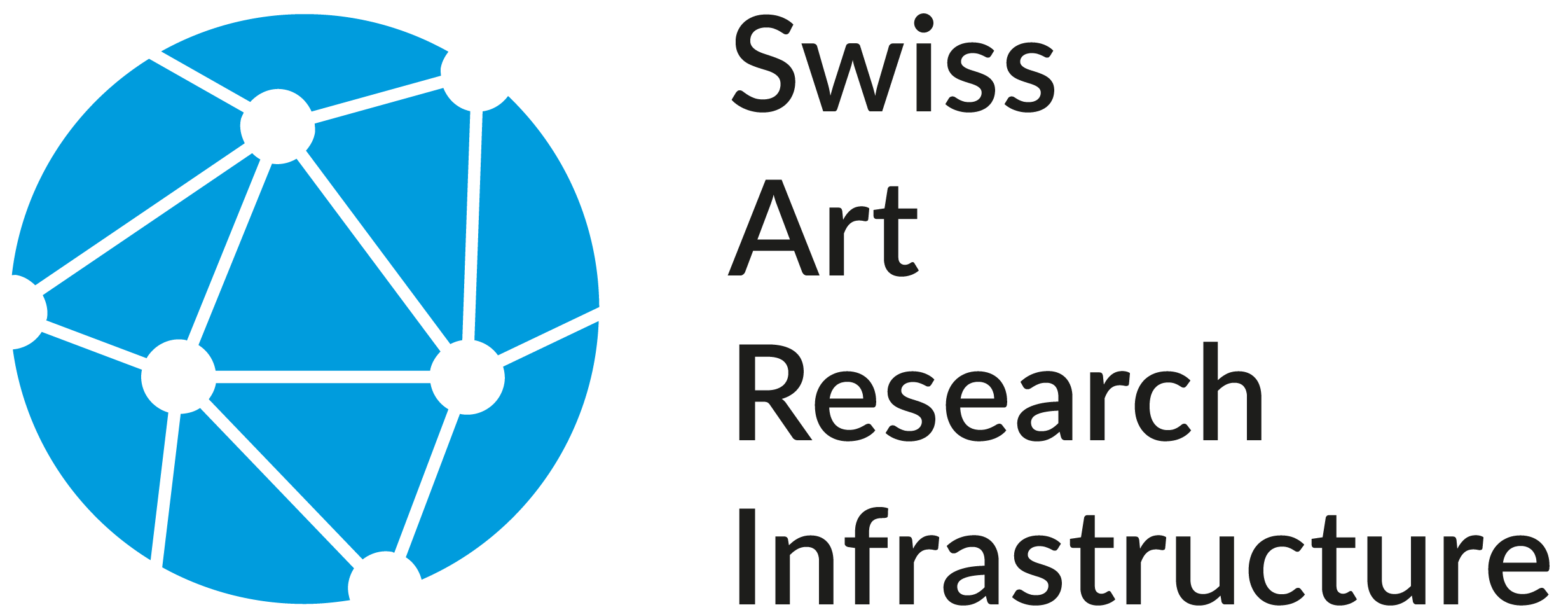The data produced within the Swiss Art Research Infrastructure are specifically modelled to be semantically interlinked with other data sources and act as a point of reference for many others. The technology behind Semantic Data allows us to define general schemas to link diverse information coming from museums, libraries and archives under the same umbrella, in order to both keep their intrinsic semantic value and allow the user to search across them.
The credo of the Swiss Art Research Infrastructure is not to merely publish a corpus of data online, but to use Linked Data technologies to integrate them into the growing body of knowledge which is currently part of what is being called the Semantic Web. This definition is not casual because the primary objective is to ground the semantics of the published information and normalise it in order to make it machine-readable. Keeping the semantics of the original information means respecting their creators, the original scope of production, and make it usable by a broader audience, who finally have a grounded and well-understood source for comprehending and assessing the data. Producing machine-readable information allow for the use of logic-based operations over it, incrementing their value, scope, and granting diverse type of structural search over it.
While keeping the semantics and make the data readable by a machine is an enormous step forward, another inherent advantage of the Linked Open Data movement is the push for the integration of information together in order to create networks of data, open and reusable by others. The use of such distributed network is key to avoid a restatement of information, creation of data silos, and curation of every source and instead, promote a more flexible (and yet authoritative) approach to the publishing of our information.
